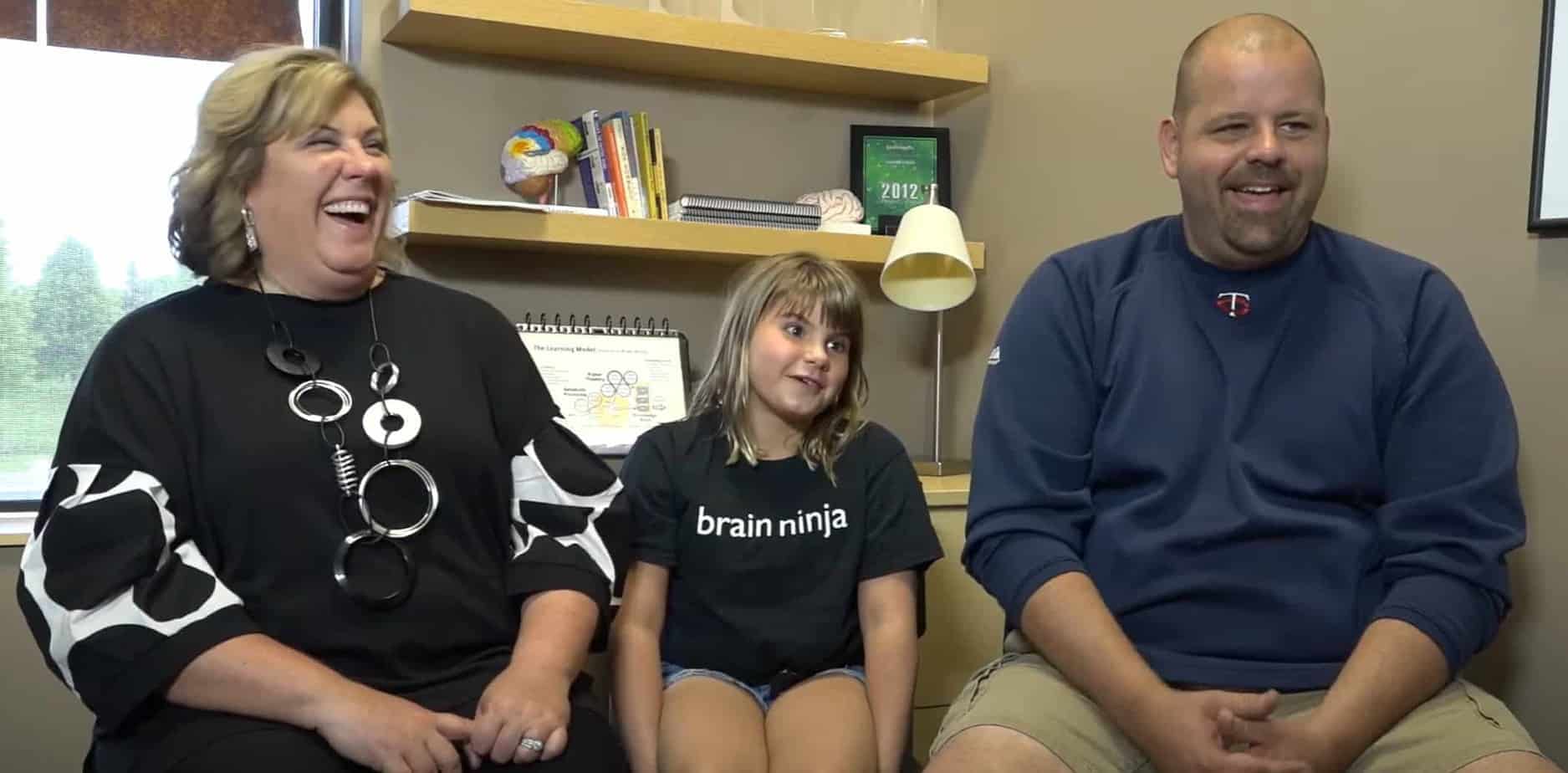The Difference Between ADD & ADHD: Info for Parents in Glendale
Attention Deficit Hyperactivity Disorder (ADHD) is the official name of a neurological condition, symptoms of which include various combinations of poor attention, poor impulse control, and hyperactivity.
There are three types of ADHD:
- Inattentive ADHD (also referred to as ADD): Inattentive only
- Hyperactive-Impulsive ADHD: Hyperactive/impulsive only
- Combined ADHD: Inattentive and hyperactive/impulsive
Let’s take a closer look at each of these.
Inattentive ADHD (also known as ADD)
ADD is the non-hyperactive form of ADHD. Symptoms of ADD typically include disorganization, forgetfulness, as well as difficulty managing focus. While people with ADD often struggle to focus, it’s inaccurate to say they can’t focus, as they can become hyper-focused on subjects that are of great interest to them.
To be diagnosed with ADD, six of the following symptoms must be present and impacting school or work:
- Often fails to give close attention to details or makes careless mistakes
- Often has difficulty sustaining attention
- Often does not seem to listen when spoken to
- Often does not follow through on instructions and fails to finish projects
- Often has difficulty organizing tasks and activities
- Often avoids, dislikes, or is reluctant to engage in tasks that require sustained mental effort
- Often loses things necessary for tasks or activities
- Is often easily distracted by extraneous stimuli
- Is often forgetful in daily activities
Because people with ADD are not hyperactive or impulsive, they may not attract the same attention as people with hyperactive forms of ADHD. As a result, children and adults with ADD are more likely to go undiagnosed than their hyperactive-impulsive counterparts who exhibit symptoms that are more easily identifiable.
Hyperactive-Impulsive ADHD
Hyperactive-Impulsive ADHD is another type of the disorder, and is characterized by hyperactivity/impulsivity (without inattention).
To be diagnosed with Hyperactive-Impulsive ADHD, a child must exhibit six or more symptoms. Older teens and adults must exhibit five or more. The symptoms are:
- Fidgets with hands or feet or squirms in seat
- Leaves seat in classroom or in other situations in which remaining seated is expected
- Runs about or climbs excessively in situations in which it is inappropriate (or, in adolescents or adults, may struggle with feelings of restlessness)
- Has difficulty playing or engaging in leisure activities quietly
- Appears “on the go” or acts as if “driven by a motor”
- Talks excessively
- Blurts out the answers before the questions have been completed
- Has difficulty awaiting turn
- Interrupts or intrudes on others (e.g., butts into conversations or games).
ADHD-Combined
Combined ADHD is present when someone struggles with both inattention and hyperactivity/impulsivity. A diagnosis can be made if a child demonstrates six or more symptoms (and an older teen or adult demonstrates five or more symptoms) linked with inattentive ADHD, as well as six or more symptoms linked with hyperactive-impulsive ADHD.
Attention Is a Cognitive Skill That Can Be Strengthened
There is a set of foundational cognitive skills our brains use every day to think, learn, and perform—and attention is one of these skills. (Other cognitive skills include long-term memory, short term memory, auditory processing, visual processing, logic & reasoning, and processing speed).
What many people don’t realize is that these skills can be strengthened with intense mental exercise. Brain training, a form of cognitive training, uses challenging mental exercises, done one-on-one with a personal brain trainer, to target and strengthen cognitive skills.
LearningRx, the largest one-on-one brain training company in the world, does not diagnose or treat ADD or ADHD. But their programs have strengthened cognitive skills—including the skill of attention—for people with various diagnoses, including ADD/ADHD.
LearningRx brain training programs team clients with brain trainers for about an hour day for 12 to 32 weeks. Because the improvements are lasting, clients typically do not need to continue with training after the initial program.
Contact us today to schedule your brain skills assessment.
Disclaimer: LearningRx helps clients with ADHD by targeting and training cognitive skills such as attention, working memory, and processing speed. Please note that we do not diagnose ADHD, and brain training is not a cure for ADHD.













